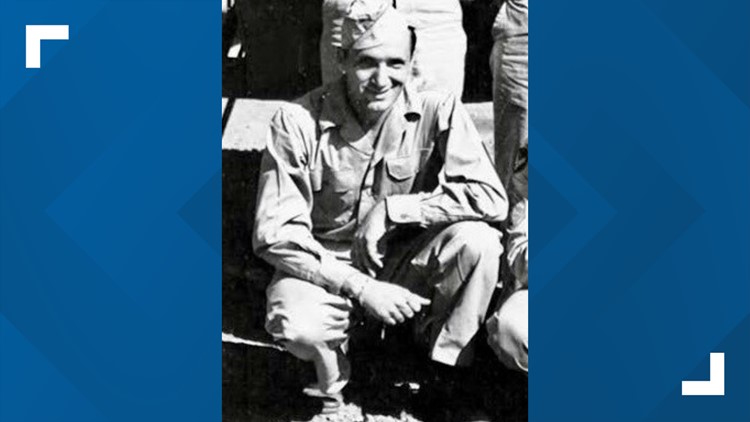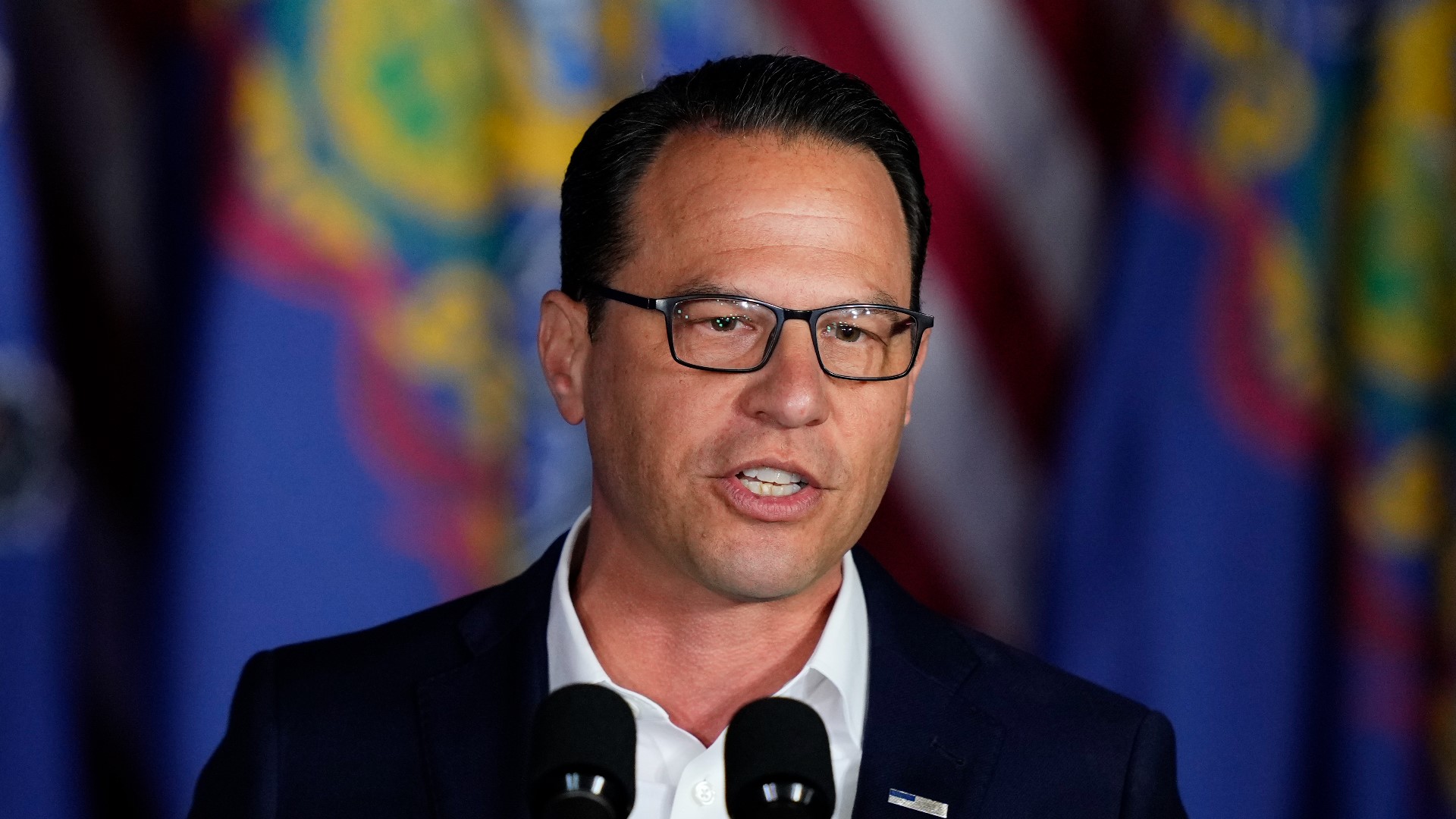PHILADELPHIA — The remains of a Philadelphia native killed on a bombing mission over Burma during World War II were identified late last year, nearly 80 years after his death, the Defense POW/MIA Accounting Agency announced Tuesday.
Army Air Forces Tech. Sgt. Harold L. Seifried, 31, was serving as a member of the 436th Bombardment Squadron, 7th Bombardment Group in 1943, DPAA said. He was the radio operator aboard a B-24J Liberator that encountered anti-aircraft fire while on a bombing mission at the Isein Railroad Yard in Rangoon, Burma.
The aircraft was struck, and witnesses in another plane reported seeing it in a steep dive through the clouds after its left wing burst into flames. The craft was being pursued by three enemy fighter planes as it crashed, the witnesses reported.
No further contact was made with the Liberator, DPAA said.
The remains of the crew were not recovered or identified after the war, and they were all later declared Missing In Action.
In 1947, the American Grave Registration Service (AGRS) recovered the remains of what they believed to be eight individuals involved in a potential B-24 Liberator crash near Yodayadet, Burma, according to DPAA.
According to local witnesses, there were no survivors from this aviation loss and Japanese forces had instructed local villagers to bury the remains in two large graves. The AGRS designated the remains recovered from these graves as Unknowns X-505A, X-505B, X-505C, X-505D, X-505E, X-505F, X-505G, and X-505H Barrackpore (X-505A-H).
The remains could not be scientifically identified at the time and were interred as Unknowns in the National Memorial Cemetery of the Pacific (NMCP), Honolulu, Hawaii, also known as the Punchbowl.
In early 2019, DPAA received a family disinterment request for Unknown X-505A-H based on past attempts to associate the remains with other unresolved losses from southern Burma. DPAA historians reviewing the associated files believed a more likely association for the remains was possible in X-505A-H.
The Department of Defense approved the disinterment request, and in October 2020, DPAA personnel exhumed the remains from NMCP where they were accessioned into the DPAA laboratory for analysis.
To identify Seifreid’s remains, scientists from DPAA used dental and anthropological analysis, as well as circumstantial and material evidence. Additionally, the Armed Forces Medical Examiner System used mitochondrial DNA (mtDNA) analysis.
Seifreid’s name is recorded on the Walls of the Missing at the Manila American Cemetery and Memorial, an American Battle Monuments Commission site in the Philippines, along with the others missing from WWII. A rosette will be placed next to his name to indicate he has been accounted for.
Seifreid will be buried in Marana, Arizona, on a date to be determined, DPAA said.



